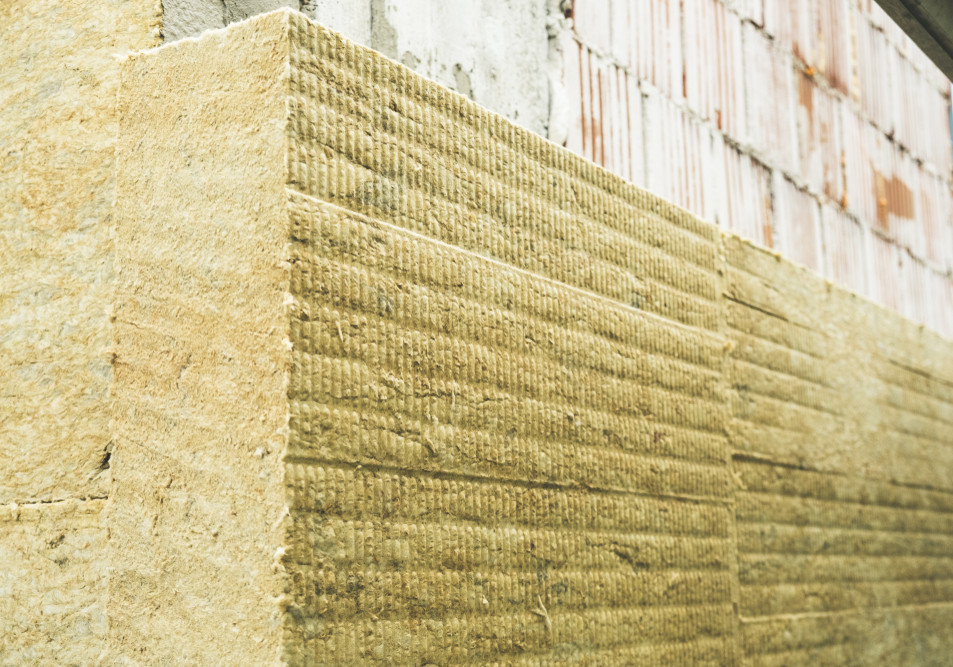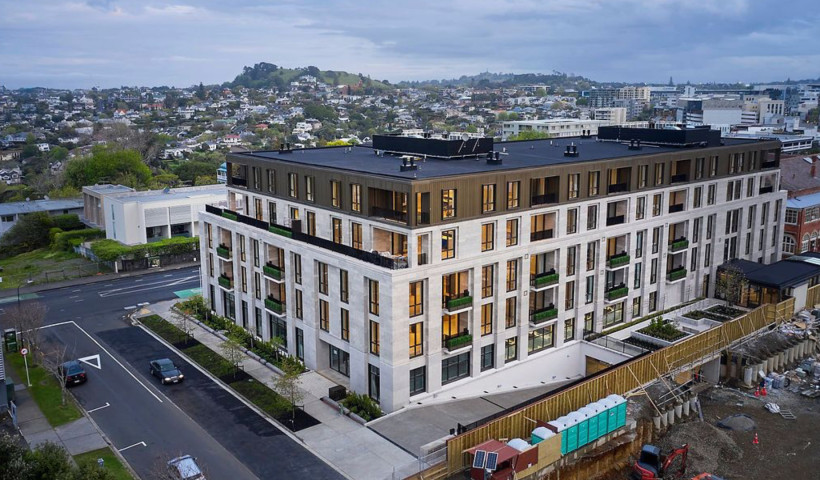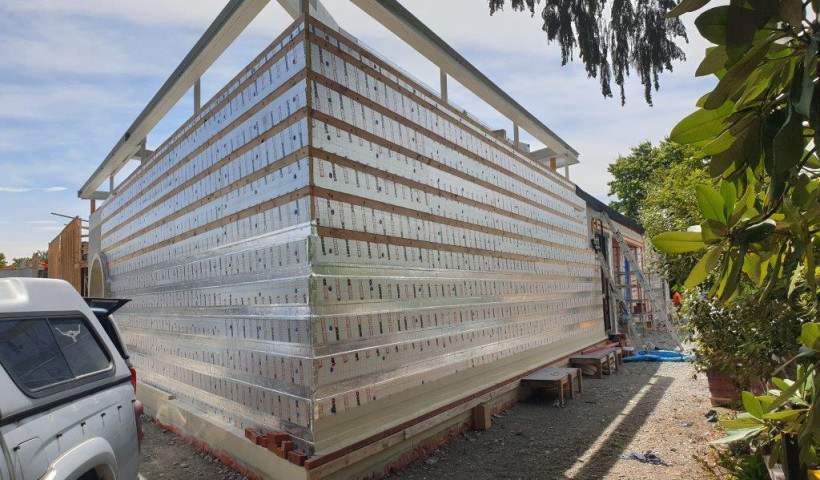A recent project that exemplifies New Zealand’s Emissions Reduction Plan is the Windsor Substation project — a 57-square-metre electrical switch room developed by Unison Networks in Hastings, Hawke's Bay. Led by Tricia Love Consultants and Carissa Architects, this project demonstrates how even a small building can make a significant environmental impact through innovative design and material choices.
A vision for low carbon building
The Windsor Substation project began with Unison Networks' ambition to redefine standards in the electrical distribution sector. To set a new benchmark for sustainable design, Unison adopted the Living Building Challenge (LBC), reflecting their commitment to leadership and innovation.
Traditional switchrooms are typically concrete structures that demand substantial equipment and energy for cooling and heating. This project, however, aimed to push boundaries by integrating regenerative design principles and achieving net positive energy status. The building’s innovative design features modular, relocatable components, which minimise waste and maximise resource efficiency.
Innovative materials and techniques
The building's envelope was externally clad with ROCKWOOL from Outright Continuous Insulation, a material renowned for its exceptional thermal performance and circularity. By wrapping the building on the outside, thermal bridging was reduced. ROCKWOOL is made with spun stone, which has added benefits such as high fire resistance, soundproofing, and recyclability. These characteristics not only contribute to the building’s low carbon profile but also align with broader objectives of reducing reliance on fossil fuels and shifting energy use patterns. Furthermore, the roof was completed using the Nuratherm Warm roof system, rounding out and completing the continuous insulation.
Cross-Laminated Timber (CLT) supported the project's goals of reducing embodied carbon and operational energy use. Unlike conventional concrete, CLT offers a lower carbon footprint and superior thermal performance. Additionally, using CLT allowed the building to be quickly built and in the future, it can be moved with ease.
Waste reduction and circular economy
A standout achievement of the Windsor Substation project is its approach to waste management and circular economy principles. The design process prioritised minimising construction waste and maximising material reuse. The building's modular design allows it to be relocated and repurposed at the end of its life, further reducing its environmental impact.
The project also achieved an impressive 99% diversion of construction waste from landfills. This success underscores the potential for even small-scale projects to significantly impact waste reduction and resource efficiency.
A model for future projects
The Windsor Substation project's success shows that even small buildings can have a substantial impact when designed with low carbon principles in mind. By setting a new standard for sustainable construction, this project not only advances Unison Networks' objectives but also serves as an inspiration for others in the industry to rethink traditional practices.
The building’s innovative features, including its net positive energy status and use of low carbon materials, provide a valuable case study for future projects. Freely available blueprints and detailed design information are intended to encourage other organisations to adopt similar approaches.
The Windsor Substation project exemplifies how creative design and thoughtful material selection can align with low carbon objectives. As the industry evolves, projects like this offer practical insights and inspiration for architects, builders, and suppliers dedicated to reducing carbon footprints and advancing sustainable construction practices.













 New Products
New Products















 Popular Products from Outright Continuous Insulation
Popular Products from Outright Continuous Insulation

 Most Popular
Most Popular


 Popular Blog Posts
Popular Blog Posts
